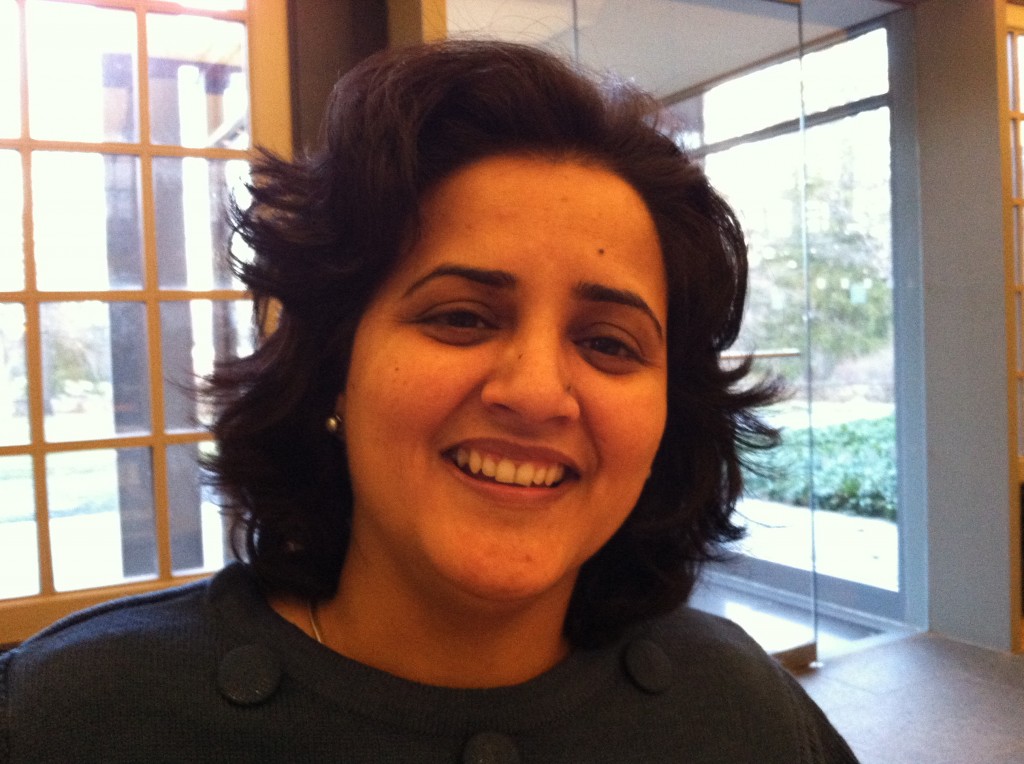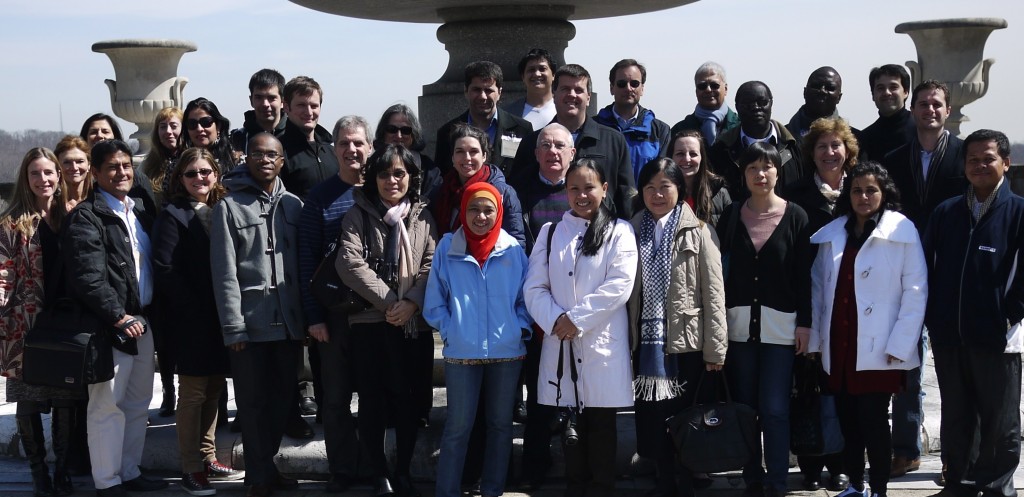
Pure Earth’s global team, consisting of experts from around the world, gathered in New York in early April (2013) to discuss remediation work in their home countries, share ideas and plan future projects.
Updated Sept 2016 to reflect name change from Blacksmith Institute to Pure Earth.
The Pure Earth team includes many experts from around the world, including lecturers, doctors, engineers, researchers and other pollution and public health experts. They bring with them knowledge of their local communities. Many have worked with the environment ministries of their countries, and some are founders of local and regional NGOs. Meet some of our global team below.
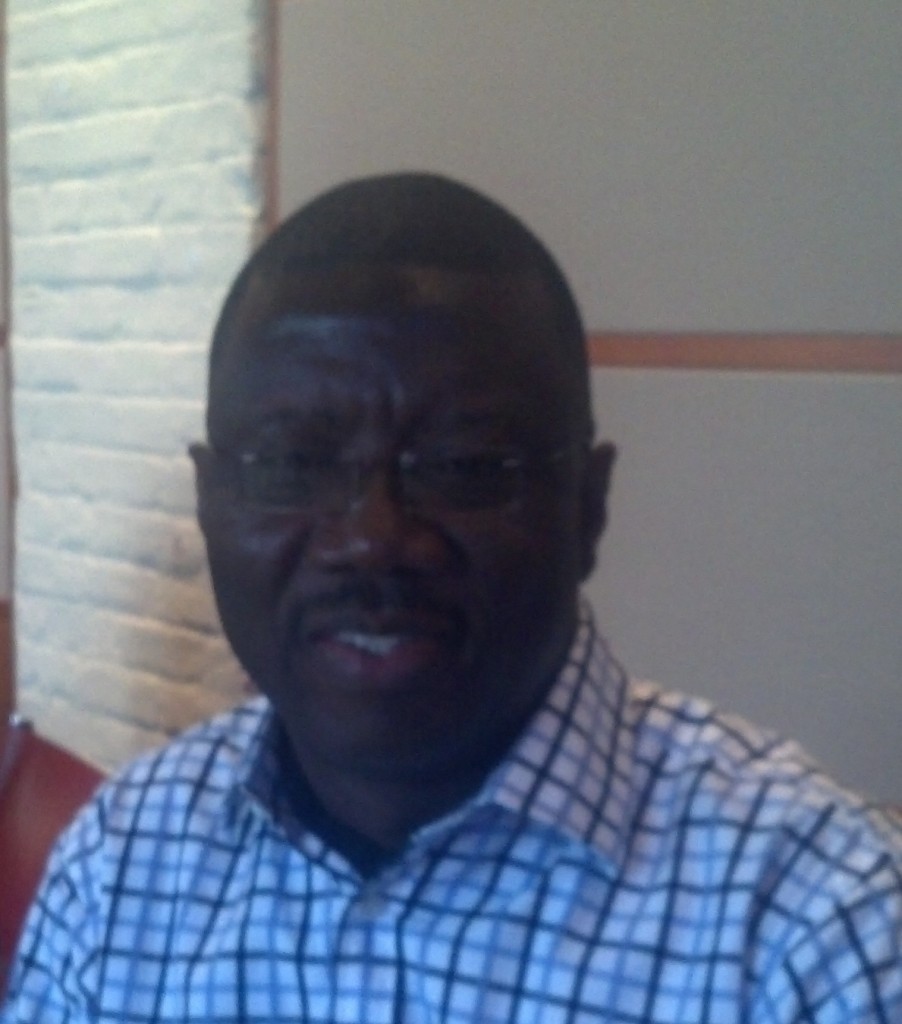 |
GHANA
Yaw Amoyaw-Osei is Pure Earth’s expert in Ghana. He is the Executive Director of Green Advocacy Ghana, a local partner on our e-waste recycling center pilot project in Agbogbloshie. Yaw previously worked with Ghana’s environmental agency conducting research on e-waste and helping to raise awareness about the problem. |
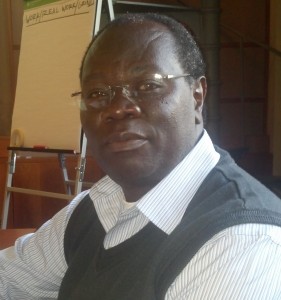
|
KENYA
“If villagers living in areas with high levels of toxic pollutants are poisoned and fall sick, they would always attribute it to witchcraft,” says Phillip Raburu. “This is because health facilities in Kenya never investigate toxins in the blood as a routine. Lack of positive diagnosis of known diseases is normally attributed to witchcraft.” As a lecturer at the university teaching environmental issues and an active participant in community-based environmental activities, Raburu feels that experts should not speak from their ivory towers but instead, should connect with locals in their language to make impacts of toxic pollutants easier to understand. |
|
|
INDIA
“India is growing rapidly and we are working to find a balance between economics and the environment to maintain the sustainability of this growth,” says Promila Sharma. “A lot of people do not know that great things are happening in India,” she adds. She explains to people she meets that cleanup efforts take time but that real change is coming. Over the years, she has helped Pure Earth identify and assess over 400 polluted sites in India. The government now has a national plan for rehabilitating the worst of these sites. Read more about how Promila works to find common ground to solve pollution problems in India. |
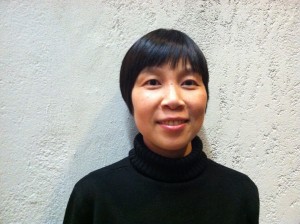 |
CHINA
Leyan Wang has been working on a pilot project to detox polluted rice paddies in China. She says there is a food contamination problem in areas where chemicals have polluted the farmland and the crops grown on them. Sometimes, Leyan tells us, local farmers sell their contaminated crops, which end up in the food supply. As a result, the produce that people buy in supermarkets and other stores might be contaminated. |
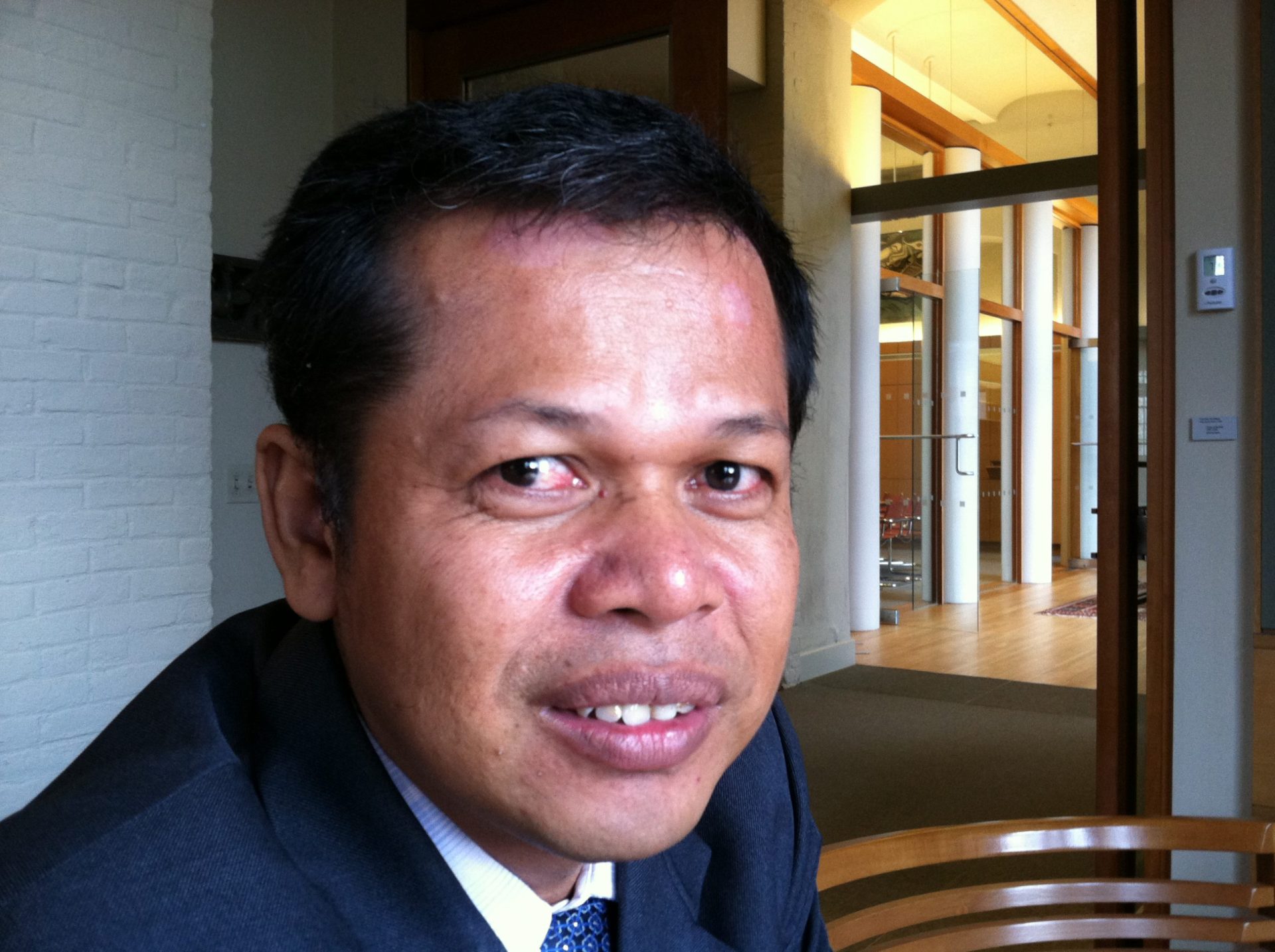 |
CAMBODIA
Roath Sith is helping Pure Earth assess polluted sites in Cambodia, including many contaminated by PCBs. The chemicals, he says, end up in the food supply. Roath used to train youths to debate environmental issues on television. That government program was very successful in raising awareness about pollution in the country. In the countryside, he used to work with monks to talk to villagers about the environment. |
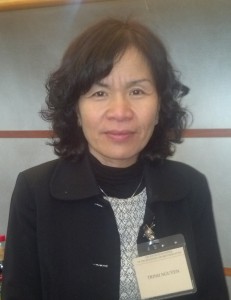 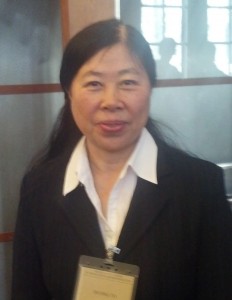 |
VIETNAM
When an American plane went down in North Vietnam during the war, the story goes that a villager knew how to smelt down the plane for valuable aluminum. Today, that village is one of thousands of toxic “craft” villages that dot the Vietnamese landscape. Duong To and Nguyen Trinh Huong are working with Pure Earth on a plan to clean up this polluting legacy. |
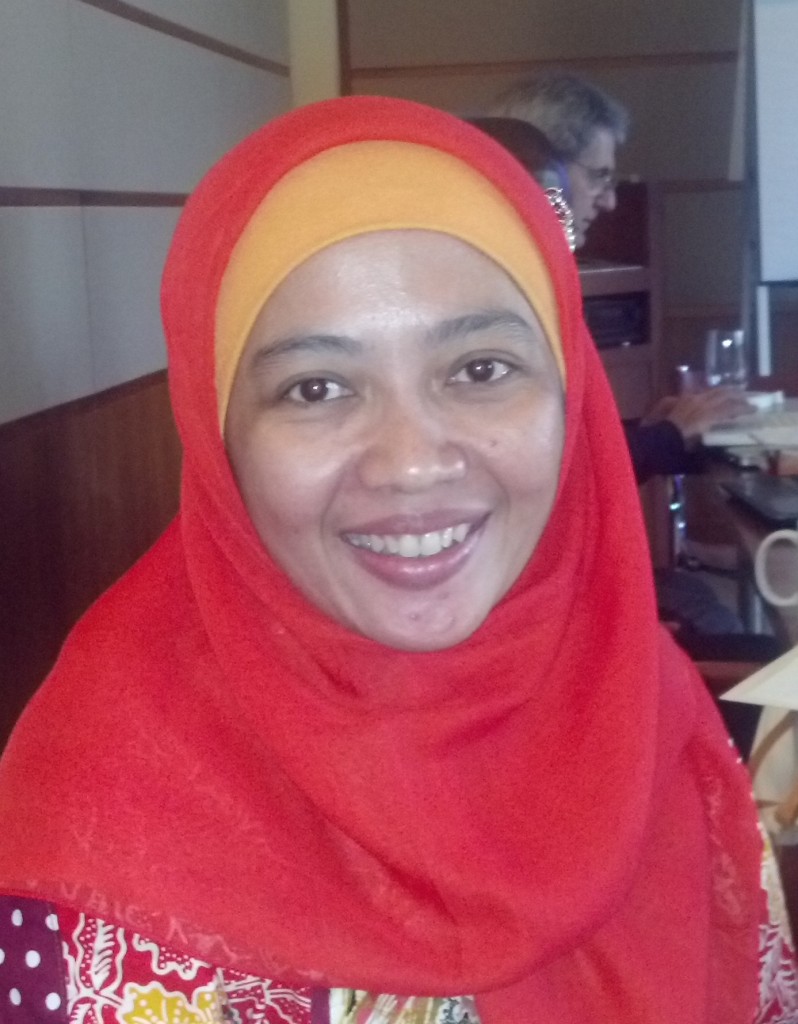 |
INDONESIA
While Budi Susilorini and her local team have assessed hundreds of hotspots in Indonesia, she tells us that there are still many more. Among her projects, Budi Susilorini is working with Pure Earth in Indonesia to test the “Benguet” method, which eliminates the use of toxic mercury in the gold mining process. Indonesia is one of the world’s biggest suppliers of gold. Over 300,000 artisanal miners (including many children) release more than 1000 tonnes of toxic mercury every year. She is also working to break the Breaking the cycle of extreme lead poisoning in Pesarean, Indonesia. |
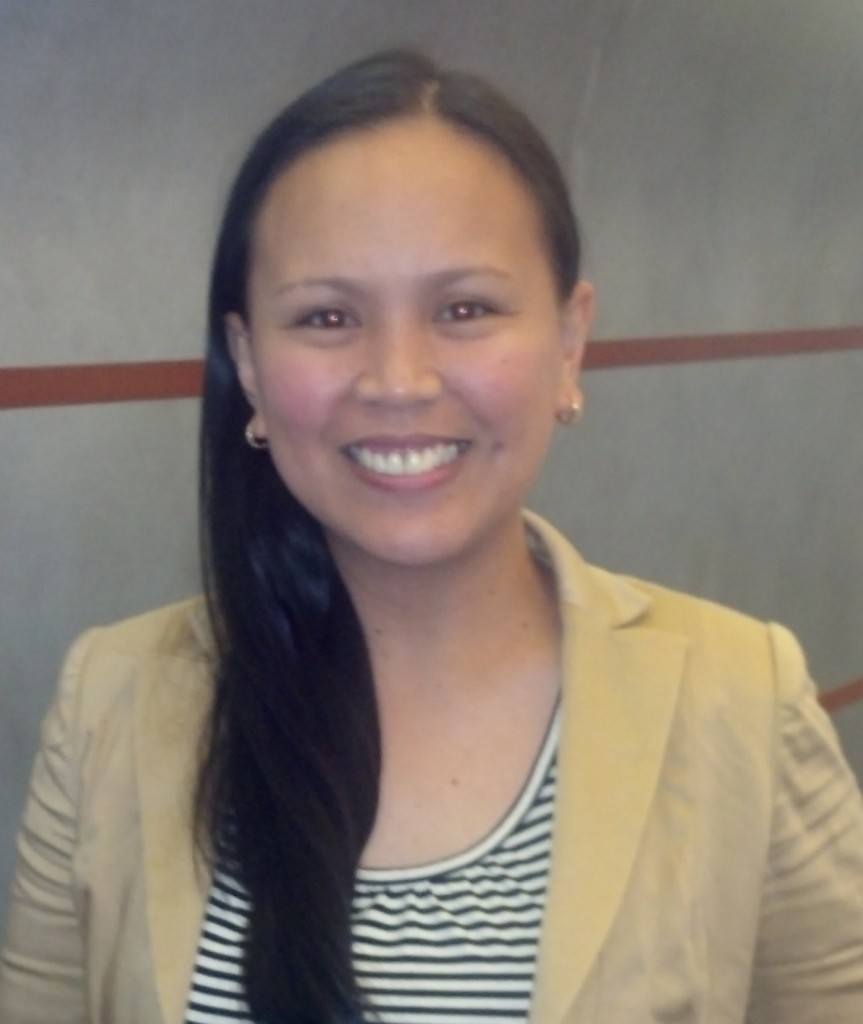 |
PHILIPPINES
Larah Ortega Ibañez oversees a variety of projects for Pure Earth in the Philippines, including both research and cleanup. Larah is currently preparing for a large-scale project aimed at reducing heavy metal contamination in fishponds in the river systems surrounding Manila. |
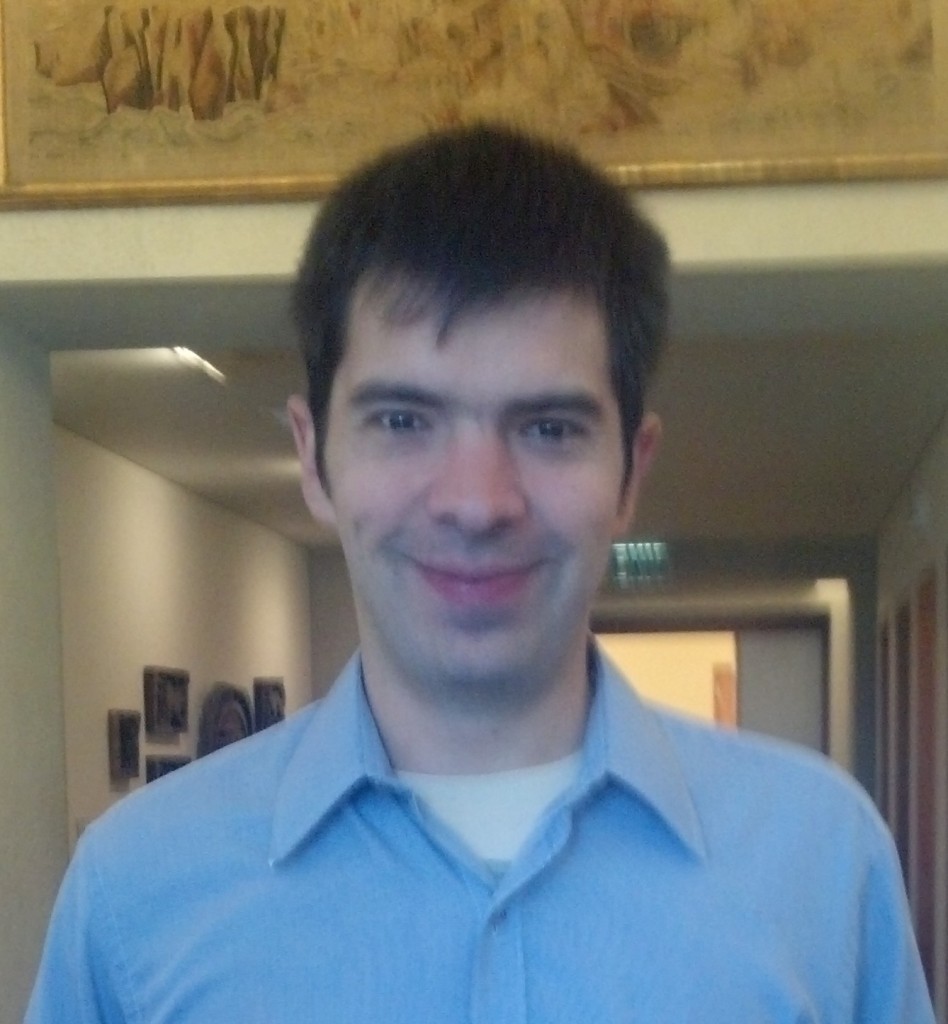 |
MEXICO
Pure Earth is working in collaboration with the Mexican Government to solve a 500-year-old toxic problem,” says Daniel Estrada. Traditional Mexican potters use toxic lead glazes to produce the colorful and popular wares that are used to cook and serve food every day. The children of these artisans are particularly vulnerable to lead poisoning because of their smaller bodies and developing brains. Many have high levels of lead in their blood. Daniel is working on getting these potters to switch to a non-toxic glaze. He also works on the Toxic Sites Identification Program in Mexico. Read more about the Barro Aprobado project. |
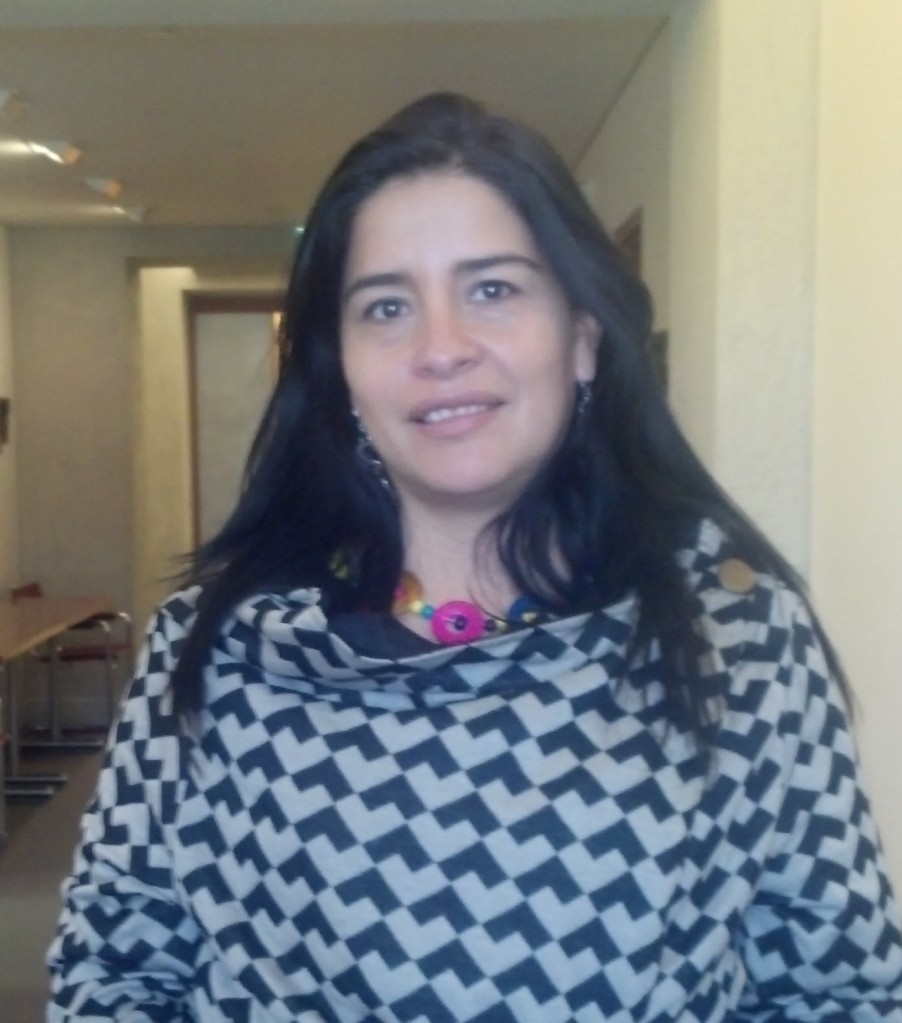 |
CHILE
Lilian Veas is part of Fundacion Chile, a nonprofit organization that partners with the Chilean Government and private enterprise to share technology and knowledge to help the country deal with challenges and opportunities. She oversees Pure Earth’s Toxic Sites Identification Program in Chile. A chemical engineer, Lilian has extensive experience dealing with environmental health issues and contaminated sites. |
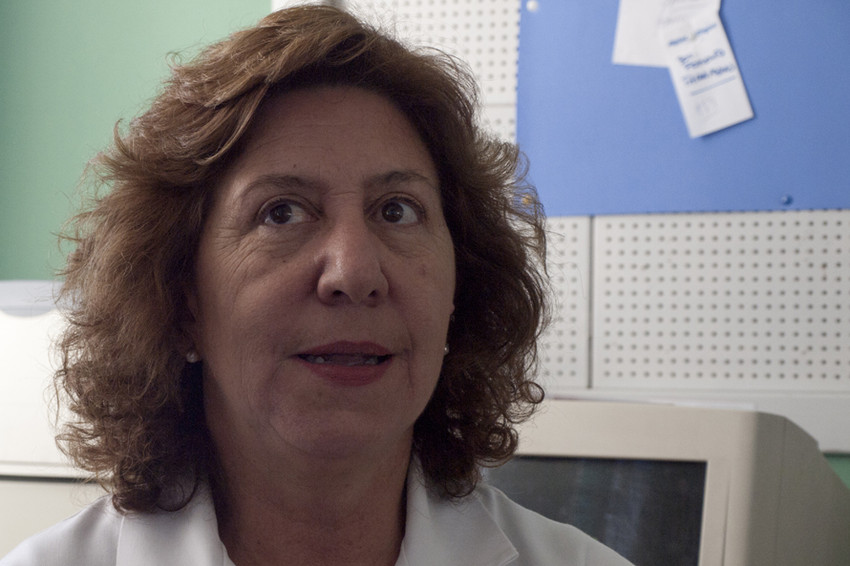 |
URUGUAY Many informal settlements are located on or near contaminated sites in Montevideo, the capital of Uruguay, and cleaning them up is a priority of the local government. Dr. Amalia Laborde’s background as a clinical toxicologist is extremely useful in her work with Pure Earth in Uruguay. She is the Director of the Toxicology Department at the Medical School of the Universidad de la Republica in Uruguay and also the head of the Pedriatic Environmental Unit at the State Administration of Health Services. In 2016, she was part of a team of global experts who contributed to the World Health Organization (WHO)’s new series of children’s environmental health training modules. |
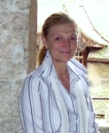 |
ARGENTINA As a pediatrician/neonatologist, Dr. Lilian Corra has done extensive work to raise awareness about children’s health in relation to the environment. She is the Director of the Medical Specialist Program on Health and Environment at the School of Medicine of the University of Buenos Aires. She connects with global aid agencies and South American governments on behalf of Pure Earth, which acts as Secretariat of the new Global Alliance on Health and Pollution. She also works with on the Toxics Sites Identification Program in Argentina, which has, in some cases, led local authorities to halt development on contaminated sites. In 2016, she was part of a team of global experts who contributed to the World Health Organization (WHO)’s new series of children’s environmental health training modules. |
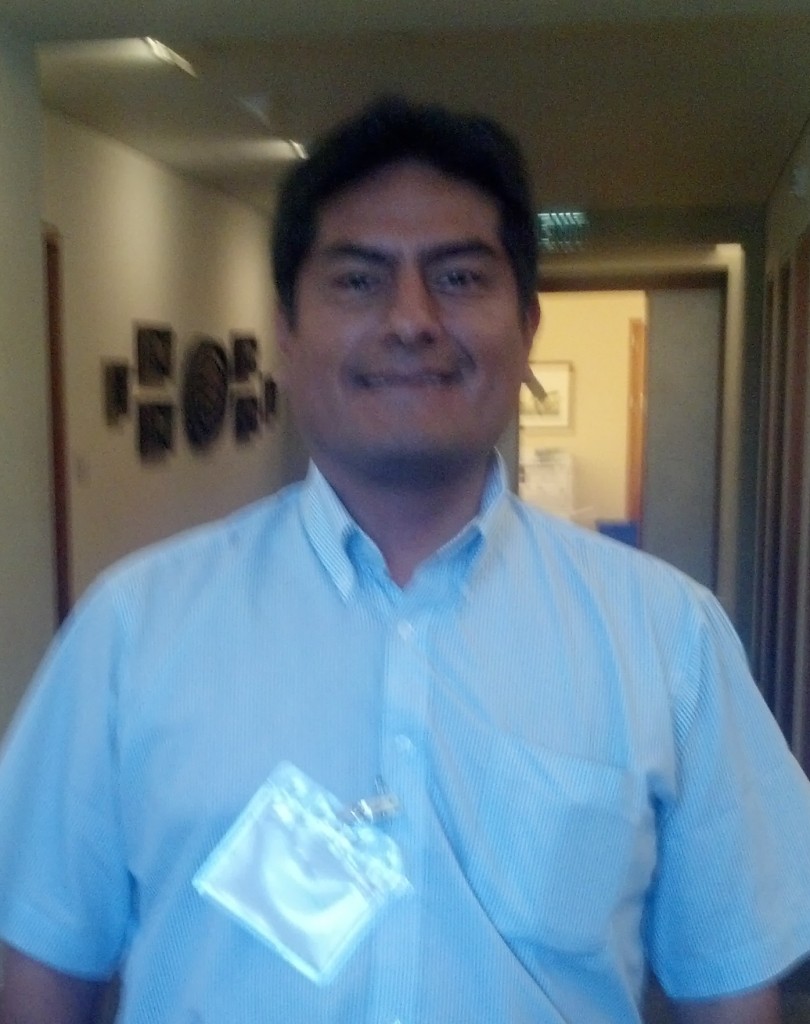 |
PERU
Johny Ponce has been working on environmental health projects for 15 years. Currently, he works with Pure Earth on the Toxic Sites Identification Program in Peru and coordinates with the local authorities to share expertise in toxic sites management and cleanup. Johny, who has a PhD in Environmental Health, is a professor and a researcher at Universidad Peruana Cayetano Heredia. He is also the president of the Center for Research in Environmental Health (CREEH Perú). |
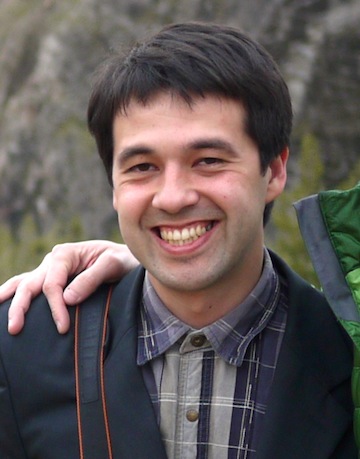 |
RUSSIA
Petr Sharov manages the Toxics Sites Identification Program in Russia and helps oversee Pure Earth’s work in Tajikistan, Kyrgyzstan, Mongolia, and Kazakhstan. He has a Masters degree in environmental science and is the founder and president of the nonprofit Far East Environmental Health Fund. His projects include a lead cleanup that was recently completed in the Russian Far East, and Pure Earth’s first project in Azerbaijan – the cleanup of a toxic beach in Sumgayit – on which he worked with Dr. Rovshan Abbasov (see below). |
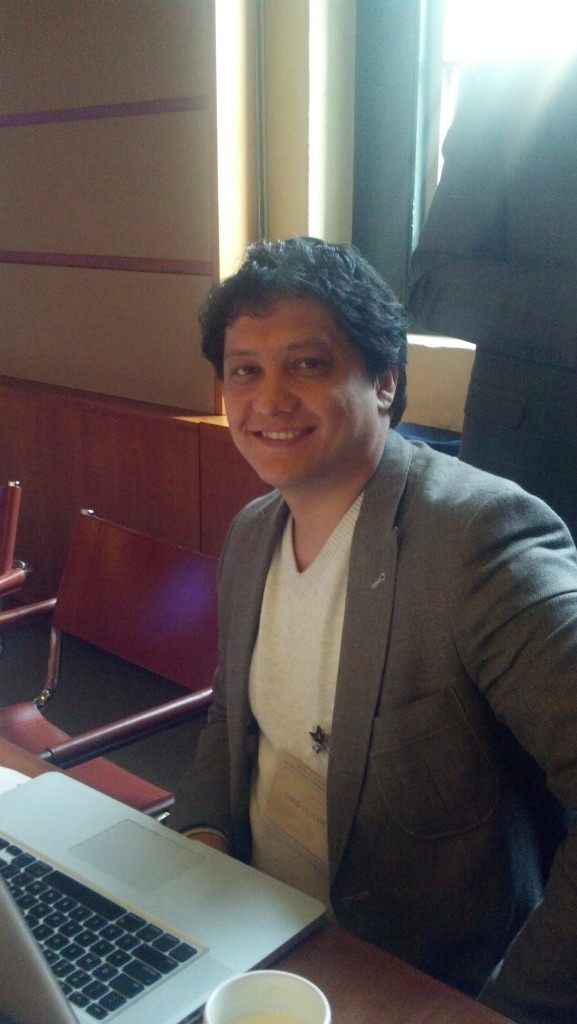 |
TAJIKISTAN
Ulugov Umidjon Amonovichis (Umed) is a lawyer and the Deputy Director of the nonprofit group Youth of the 21st Century in Dushanbe, Tajikistan, where he seems to know everyone! He has consulted on a variety of international projects, and is active in many environmental and human rights advocacy issues. Umed is currently working on a proposal to help the government review its current chemicals policy and create a national strategy to identify and remediate toxic hotspots. |
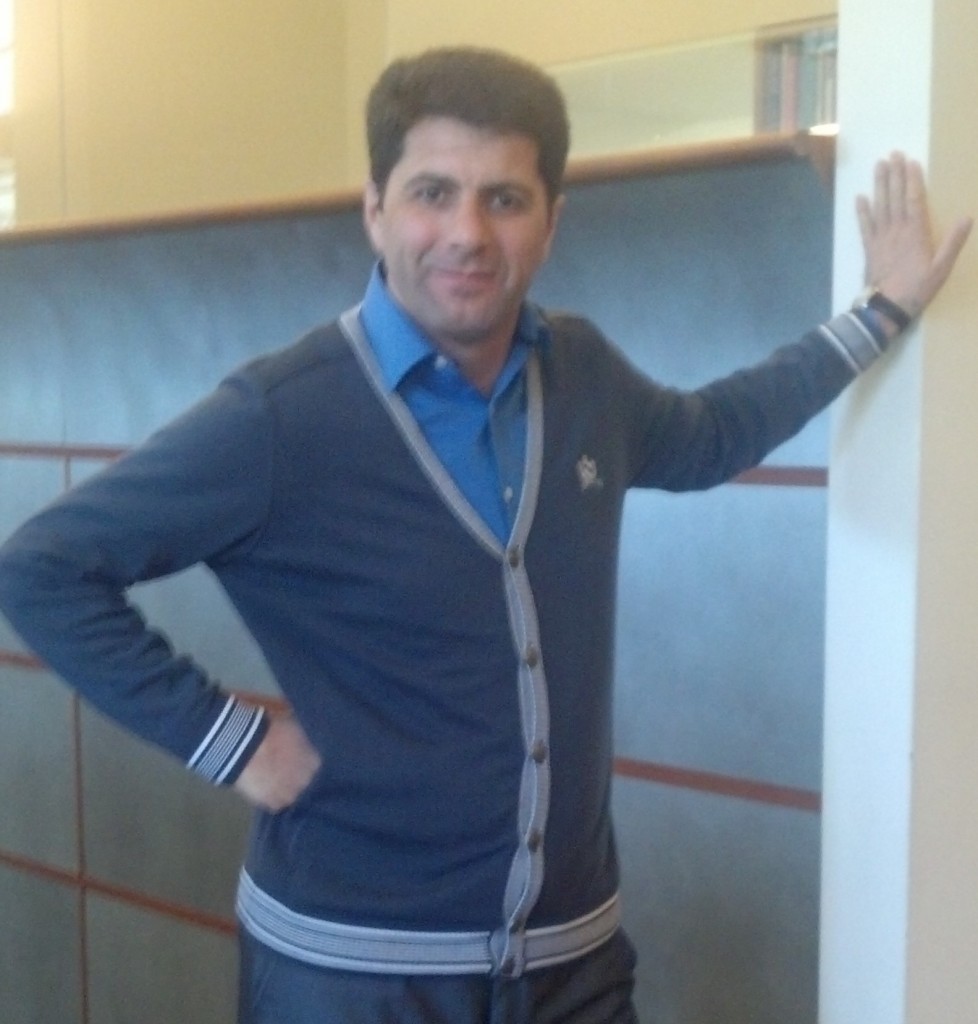 |
AZERBAIJAN
Dr. Rovshan Abbasov is an Associate Professor at Kazar University, teaching classes on environmental science, geography, disaster management, water resource management, climate chance, and related issues. Rovshan has consulted on projects for a variety of international organizations, including the World Bank and OXFAM. His team has identified and screened over 50 sites in the first year of Pure Earth’s Toxic Sites Identification Program in Azerbaijan. Pure Earth is now working with the relevant ministries in Azerbaijan to create a national strategy to address abandoned waste sites, and to design a pilot cleanup project. In 2016, Pure Earth completed its first cleanup project in Azerbaijan—at a toxic beach along the Caspian sea in Sumgayit. “I believe this cleanup is a symbol of what can happen in other polluted areas in Azerbaijan. People here have been telling me that this gives them hope. I live miles away in Baku and I feel the same way.” |



